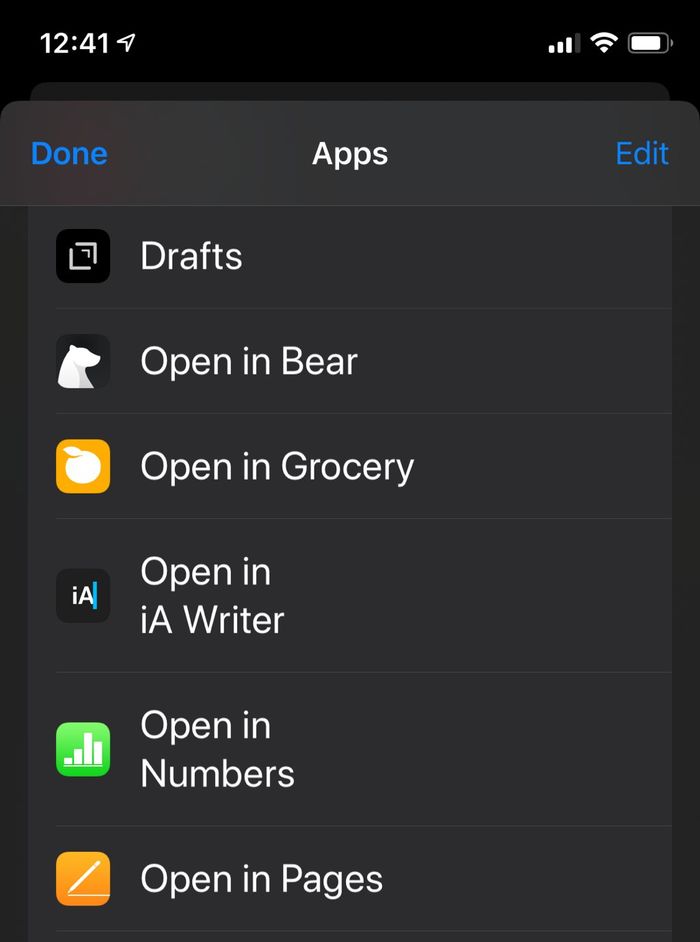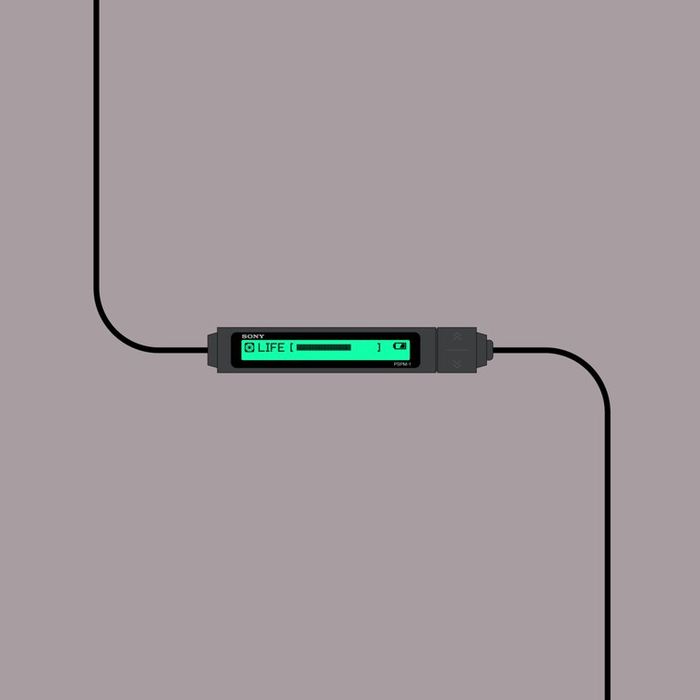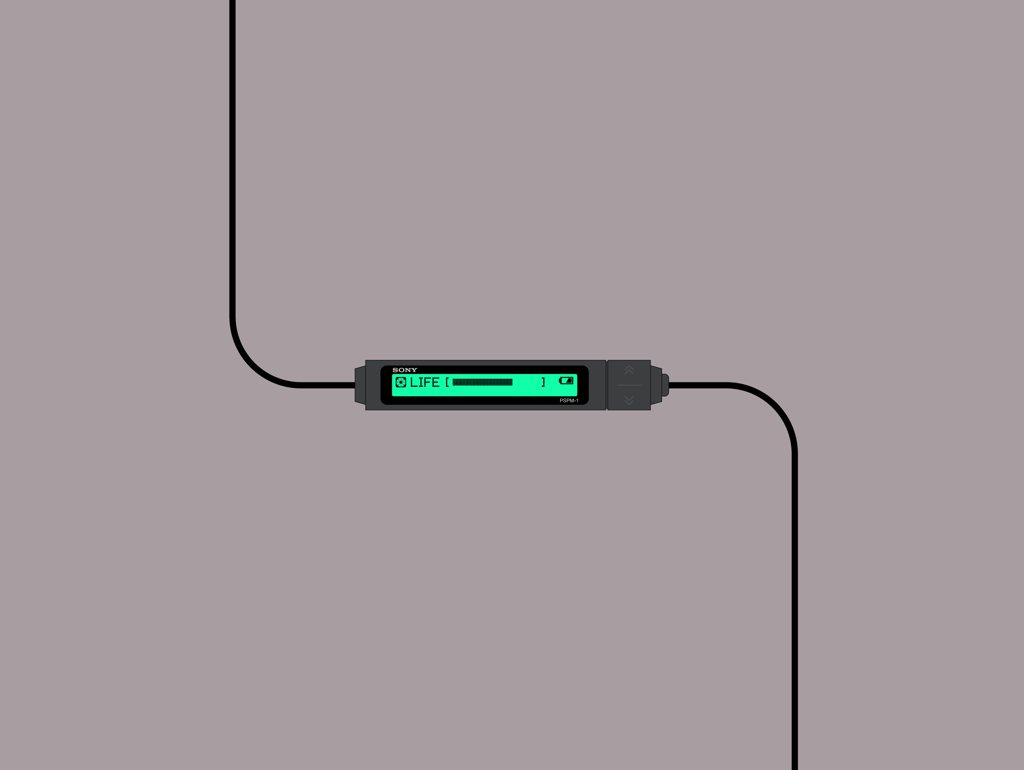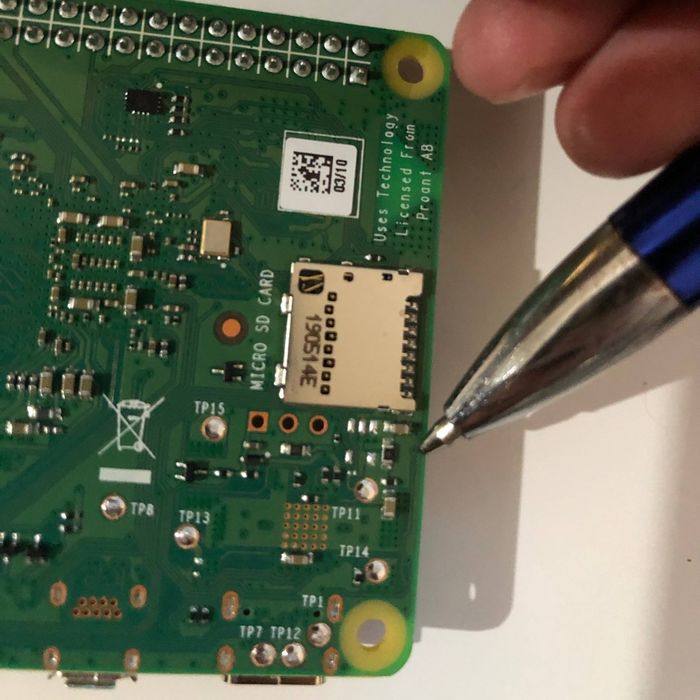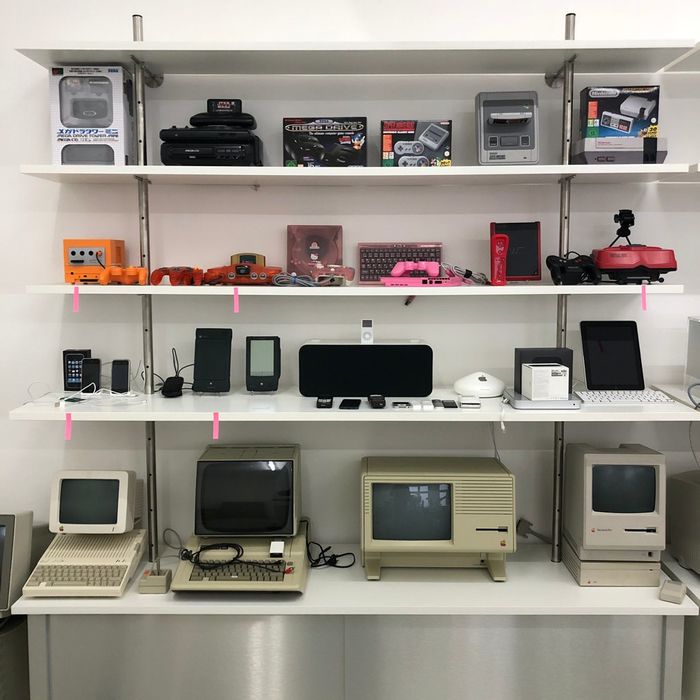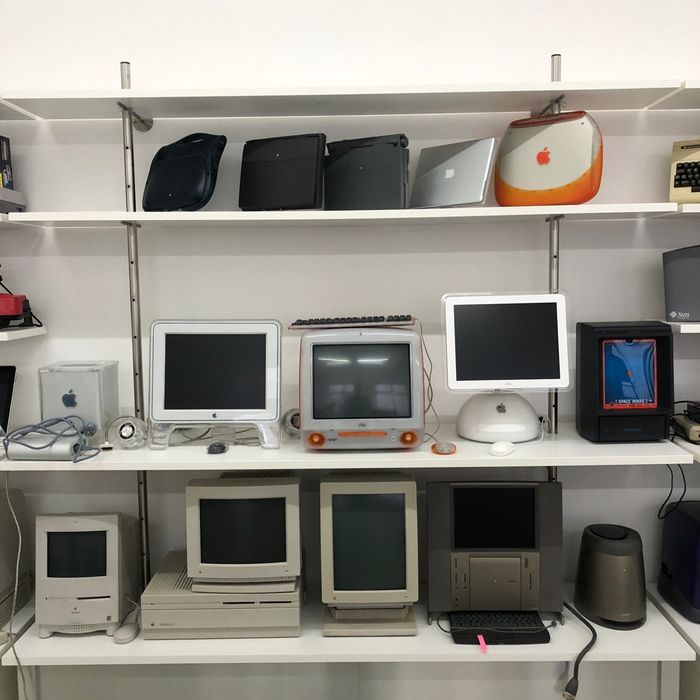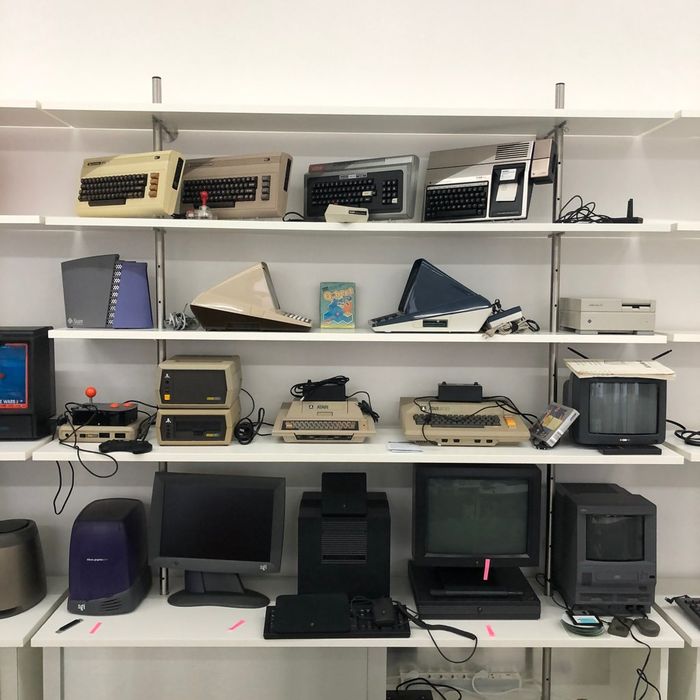In Vorbereitung für ein Port-loses iPhone scheint Apple einen Over-the-Air-OS-Recovery für iOS zu planen, zumindest lassen das Code- und Bild-Fragmente in der iOS 13.4 Beta vermuten ↦
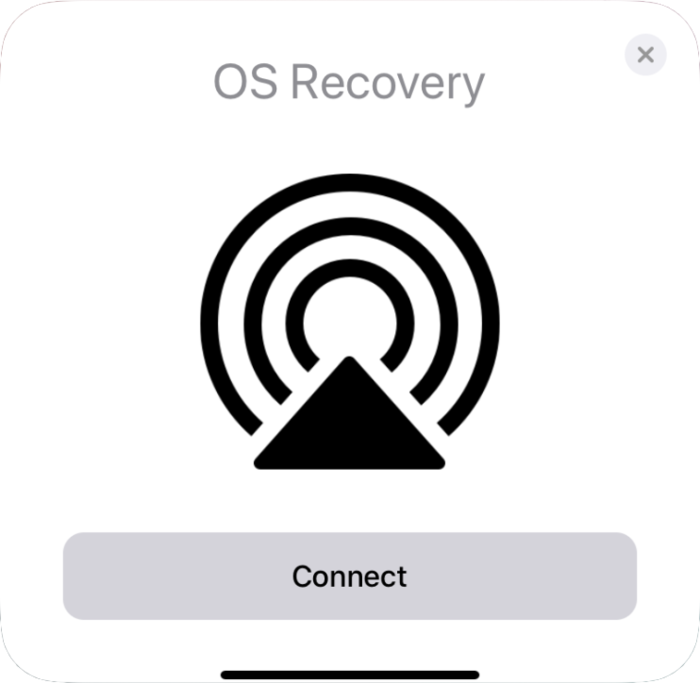
According to what we found in the system, it would be possible to restore the iOS directly over-the-air as well as by connecting the device via USB to another iPhone or iPad, similar to how Apple’s Migration Tool works.
Bitte, bitte, Apple, macht auch einen Smart Connector an ein Port-loses iPhone. Ich möchte gern lokale Backups haben und einen Restore, der nicht eine Woche dauert.
